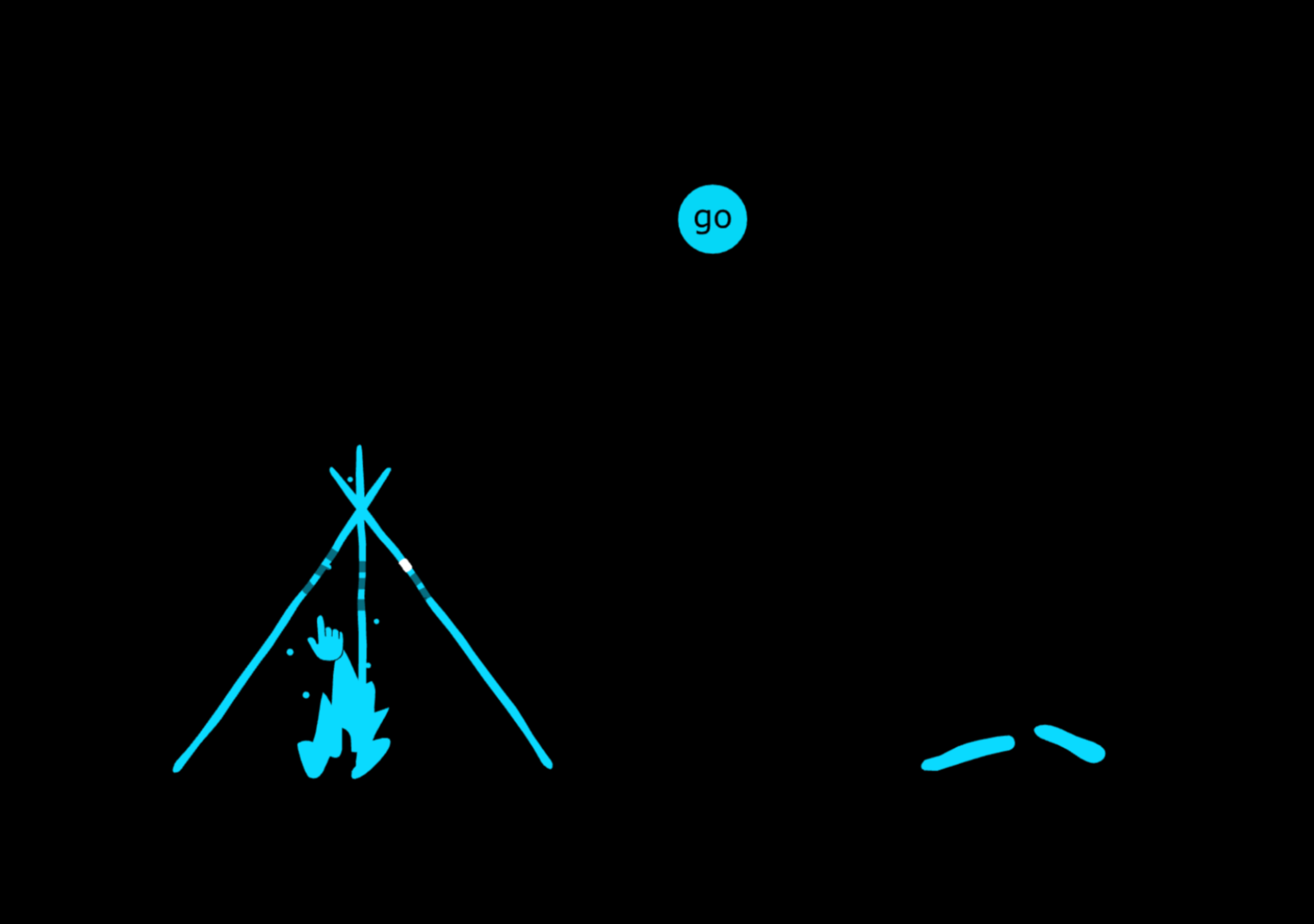Current Projects
Futures of Digital Media Histories
The Future of Digital Media Histories (FDHM) is propelled by an urgent and daunting cultural heritage crisis: the rapid loss of digital art and media from the past 40 years to changing technology. This loss has a devastating effect on our capacity to know and experience our heritage. Across Canada, the first decades of digital art and media production saw a flourishing of projects by artists and activists from diverse communities: Indigenous, racialized, feminist, queer, diasporic (Bowen 2019; Loft and Swanson 2014; Diamond and Cook 2011).These artists and activists imagined alternative futures for the internet, radical cyber pathways, sovereign virtual spaces for Indigenous communities, and more. Hence, the heritage we are losing is that which connects us both to communities neglected by traditional art and media histories and institutions and to the futures they imagined during a transformational period in the history of technology. Mitigating this loss has been identified as a pressing concern by the national and provincial heritage, history, and art institutions where conservation expertise and initiatives are typically located (Engel and Phillips 2023; Dekker and Giannachi 2023); however, their efforts have been limited not only by the objects in their collection, their resources, values, and mandates, but by the fact that the transitory and variable nature of digital technology, and, by extension, of digital-born art and media radically challenges existing preservation and museological paradigms (Grau et al. 2019; Dekker 2018).
In response to this intensifying cultural heritage crisis and the complex conditions from which it arises, our network of care for digital art and media in Canada is inclusive of stakeholders from diverse communities, organizations, and areas of expertise. We are using the term “network of care” to describe a horizontal and anti-colonial practice of intergenerational knowledge sharing, transdisciplinary research development, and methodological experimentation based in community and collective memory work, living archival practice, and “return of the image” or repatriation. Our network will approach the restoration and preservation of digital art and media as a collaborative endeavour and facilitate the resource, skill, and knowledge sharing that that is essential to safeguarding the futures of digital heritage in sustainable ways––environmentally, economically, technologically, and in terms of human relationships and labour.
Media Cosmologies: an intergenerational conversation on art, technology, and transmission with Cheryl L’Hirondelle and Callum Beckford

Held on March 10, 3:00-5:00 at Agnes Etherington Art Centre
Since the mid-1990s when world wide web first swung into public view, the net art works of Cheryl L’Hirondelle (Cree/Halfbreed; German/Polish) have explored and articulated the radical possibilities of nêhiyawin (Cree worldview) within the emergent, evolving landscape of digital culture. Among Turtle Island’s earliest adopters of the web as an artistic medium and most cogent theorists of its significance as a space of cultural self-determination and survivance, L’Hirondelle has created and co-created a body of artworks and texts that are crucial not only to understanding the full histories of media art and the internet, but also to imagining their futures –– Isi-pîkiskwêwin-Ayapihkêsîsak (Speaking the Language of Spiders, with Ahasiw Maskegon-Iskwew, 1996),Dene/Cree ElderSpeak: Tales of the Heart and Spirit (with Ahasiw Maskegon-Iskwew, 1998), treatycard (2004), Horizon Zero 17: TELL (2004), and wêpinâsowina (2005), among others.
This public program celebrates the ongoing restoration of one of these projects, vancouversonglines.ca (2008). Alongside talks by artists Cheryl L’Hirdondelle and Callum Beckford, vancouversonglines.ca will be presented in a legacy environment on computer terminals in Agnes’ atrium, giving the public access to this work for the first time in years.
References:
- Bowen, Deanna, ed. Other Places: Reflections on Media Arts in Canada. Toronto; Media Arts Network of Ontario/Public Books, 2019.
- Cook, Sarah and Sara Diamond, eds. Euphoria and Dystopia: The Banff New Media Institute Dialogues. Banff, AB: Banff Centre Press, 2011.
- Dekker, Annet and Gabriella Giannachi, eds. Documentation as Art: Expanded Digital Practices. London and New York: Routledge, 2023.
- Dekker, Annet. Collecting and Conserving Net Art: Moving Beyond Conventional Methods. London and New York, Routledge: 2018.
- Engel, Deena and Joanna Phillips. Conservation of Time-Based Media. London and New York: Routledge, 2023.
- Grau, Oliver, Janina Hoth, and Eveline Wandle-Vogt, eds. Digital Art Through the Looking Glass: New Strategies for archiving, collecting, and preserving in Digital Humanities. Donau: Edition Donau-Universität Krems, 2019.
- Loft, Steven and Kerry Swanson eds. Coded Territories: Tracing Indigenous Pathways in New Media Art. Calgary: University of Calgary Press, 2014